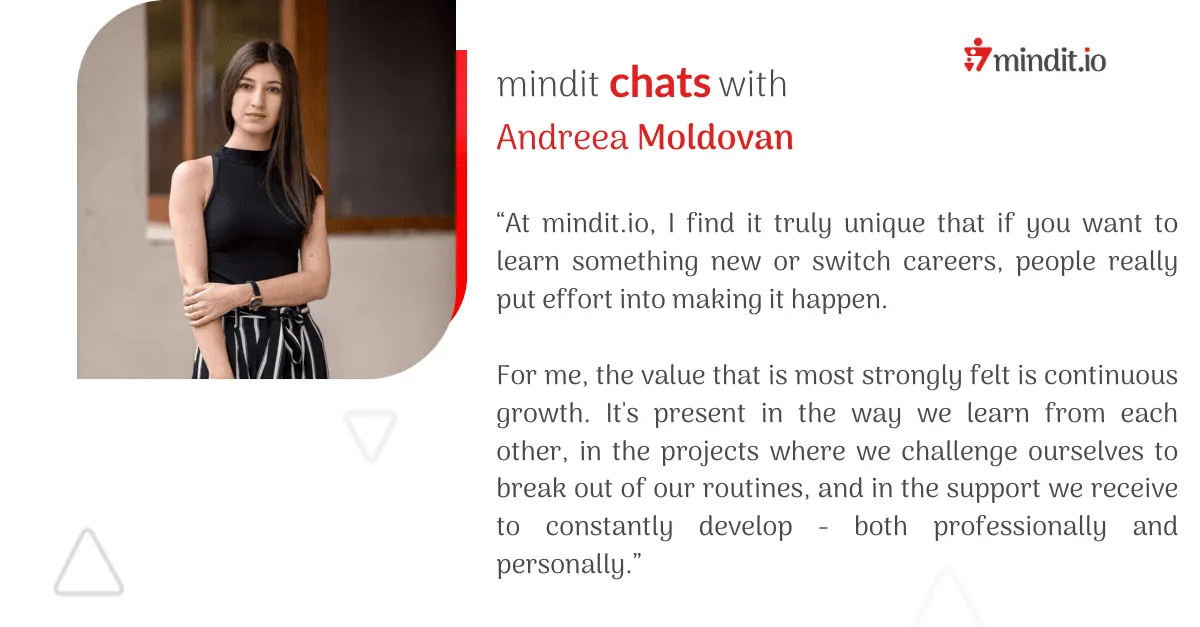A learning organization is one that facilitates learning for all its members and continuously transforms itself. The concept was popularized by Peter Senge in his 1990 book The Fifth Discipline. At its core, a learning organization has an organizational culture that promotes open-mindedness, adaptability, and growth.
Rather than simply reacting to changes in the environment, a learning organization anticipates and leads change. It does this by using the knowledge, skills, and experience of its people through structures and systems that promote collaboration and the sharing of ideas. As a result, learning organizations are adept at developing creative solutions to new problems as they arise.
It’s an organizational model that sees human resources as its most valuable asset and invests in their development. When people feel valued and experience a sense of growth, they become highly motivated and engaged, leading to better organizational performance.
Characteristics
The key characteristic of a learning organization is a commitment to continuous learning and improvement. Learning organizations view their people as their most valuable asset and encourage employees at all levels to constantly develop new knowledge and skills. They recognize that the world is rapidly changing, and the only way to remain competitive is to keep learning and adapting.
Some hallmarks of learning organizations include:
- Promoting inquiry and dialogue so that people openly share ideas and ask questions without fear. There is a spirit of collective learning and collaboration.
- Providing training opportunities and resources for employees to gain new skills and knowledge. Mentoring programs help transfer institutional knowledge between older and younger workers.
- Encouraging people to take risks, experiment, and be innovative without fear of failure. Mistakes are viewed as opportunities for improvement rather than something to be punished.
- Developing systems to capture and share knowledge so that learning transcends individual departments or employees. Lessons learned are documented and disseminated.
- Leadership that models continuous learning, asks thought-provoking questions, and mentors employees in their development.
- Measuring and tracking improvements so that progress can be monitored over time. Small changes are celebrated while larger organizational goals provide direction.
The emphasis is on creating a culture of learning where people are motivated to constantly push the boundaries of their knowledge and performance. Learning organizations view continuous improvement not as an end goal but an intrinsic part of everyday work.
Mindset
A learning organization requires a growth mindset from its employees and leadership. This means having an openness to learn, adapt, and evolve based on new information and experiences. Rather than being rigid, defensive, or resistant to change, a growth mindset embraces challenges as opportunities to expand capabilities.
Leaders in a learning organization model this mindset by being humble, curious, and comfortable making mistakes in pursuit of innovation. They convey that capabilities can be developed through dedication and perseverance, praising efforts and progress. Employees feel psychologically safe to take risks, ask questions, and expose their weaknesses to improve. There is an understanding that failure contains lessons and provides data to inform future approaches.
By cultivating a growth mindset across the organization, employees at all levels are motivated to see the possibilities, gain new skills, and continuously raise the bar on performance. They feel energized by challenges versus discouraged. This mindset fuels the thirst for learning and improvement that enables organizations to remain responsive and competitive.
Structures
Organizations that want to become true learning organizations need to put structures in place that enable continuous learning and improvement. This starts with establishing systems and processes that make learning a natural part of everyday work.
Some examples of structures that support learning include:
- Knowledge management systems to capture insights and make information easily accessible. Shared drives and centralized databases help retain institutional knowledge even when employees leave.
- Formal mentoring and coaching programs to facilitate knowledge sharing between experienced and new employees. Matching junior and senior employees creates opportunities for hands-on learning.
- Project debriefs at the end to reflect on what worked, what didn’t, and how processes could improve. Taking time to properly review learnings prevents repeating the same mistakes.
- Innovation labs or programs where employees can experiment with new ideas without fear of failure. Having a “safe space” encourages creativity and new thinking.
- Cross-functional teams and job rotations to expose employees to different parts of the organization. This expands perspectives and helps people see the bigger picture.
- Suggestion systems to collect input from all employees. Giving everyone a voice increases engagement and surfaces more improvement opportunities.
The right structures make continuous learning part of everyday work life rather than an additional task. This leads to more engaged employees who actively look for ways to improve.
Leadership
Leaders play a pivotal role in shaping a learning organization and promoting continuous improvement. They must model lifelong learning themselves, showing curiosity and openness to new ideas. Leaders should encourage experimentation and not punish failure, as long as employees learn from mistakes. They need to actively listen to employees at all levels of the organization and involve them in decision making. Leaders in learning organizations act as coaches and facilitators, guiding employees but giving them autonomy to direct their own learning and development. They focus on unlocking the potential of each worker rather than micromanaging tasks. Effective leaders nurture a growth mindset in employees by praising effort and perseverance. They also ensure the organization provides opportunities for ongoing education, training, mentoring, and job rotation. With supportive leadership that values learning, employees are intrinsically motivated to keep growing. This results in higher engagement, innovation, and loyalty.
Knowledge Transfer
Knowledge transfer is a crucial aspect of learning organizations that enables continuous improvement. It involves processes for capturing, organizing, and sharing knowledge across the organization so that employees can build on each other’s ideas instead of constantly reinventing the wheel.
Some effective approaches for knowledge transfer include:
- Documenting processes, best practices, lessons learned, and project experiences so they are accessible by other employees. Wikis, shared drives, and knowledge bases are useful for this.
- Rotating job assignments so employees gain exposure to different parts of the organization. This cross-pollination spreads knowledge.
- Mentoring programs to facilitate knowledge sharing between experienced and new employees.
- Communities of practice that enable peer-to-peer learning within a domain. Employees exchange ideas and insights through ongoing interactions.
- After action reviews at the end of projects to reflect on what went well, what can be improved, and document findings.
- Exit interviews when employees leave the company to capture their knowledge before it walks out the door.
By making knowledge transfer a priority, organizations can tap into the full brainpower of their workforce. Employees are empowered to build on the organization’s knowledge assets rather than always starting from scratch. This leads to faster innovation cycles and better-informed decision making.
Experimentation
A key aspect of learning organizations is fostering an environment where experimentation and risk-taking are encouraged. Employees should feel empowered to try new approaches, test ideas, and learn from mistakes without fear of failure. Leaders can promote experimentation by:
- Allocating resources for pilots, prototypes, and trial runs
- Supporting concept testing and gathering user feedback
- Setting innovation goals and rewarding creative thinking
- Allowing time for tinkering and testing without pressure
- Reframing failures as learning opportunities, not something to be ashamed of
- Analyzing results of experiments objectively and adjusting based on data
- Sharing lessons learned across the organization
- Tolerance for uncertainty and some calculated risk-taking
Experimentation leads to new discoveries, helps test assumptions, and accelerates learning. As long as experiments are conducted ethically and risks are mitigated, much can be gained from allowing employees to try new things, even if some attempts don’t work. The key is to balance experimentation with implementation, ensuring ideas are put into practice.
Employee Development
Learning organizations put a strong emphasis on fostering the growth of individuals within the organization. This includes providing opportunities for employees to gain new skills, take on new challenges, and advance their careers. Some ways that learning organizations support employee development include:
- Offering training programs and workshops. These allow employees to expand their skillsets and knowledge. Programs may teach hard skills related to an employee’s role or soft skills like leadership and communication.
- Providing mentorship and coaching. Pairing junior employees with more experienced mentors gives them guidance and support. Mentors can share knowledge and advice to help mentees grow.
- Giving stretch assignments. Employees develop new capabilities when given projects that push them outside their comfort zones. These stretch assignments let them take on more responsibility and gain experience.
- Supporting continued education. Some organizations provide tuition assistance or time off for employees to pursue additional schooling and certifications. This investment in ongoing education promotes growth.
- Facilitating job rotations. Rotating employees through different roles exposes them to new parts of the business. This cross-training builds a wider perspective.
- Offering leadership development. High-potential employees can take part in programs to hone skills like strategic thinking and people management required for leadership roles.
- Promoting from within. Internal promotions give employees opportunities to advance to more senior positions as they gain expertise.
By providing ongoing development opportunities, learning organizations empower individuals to reach their full potential. This focus on growth motivates employees and lets organizations build talent and skills internally.
Motivation
A learning organization fosters intrinsic motivation among employees by providing opportunities for mastery and purpose. When employees feel empowered to continuously improve their skills and apply them in meaningful ways, they become more motivated and engaged.
The learning culture emphasizes mastery over performance. Employees are encouraged to develop expertise, not just complete tasks. There is an understanding that true mastery requires effort and failure along the way. This growth mindset removes fear of failure and creates eagerness for new challenges that lead to learning.
Employees also feel a sense of purpose when their work contributes to the organization’s vision. The vision is clearly communicated and employees understand how their roles align with it. Work is not just a job, but a way to make an impact. This provides meaning and emotional investment in the work itself, fueling motivation.
By promoting mastery and purpose, learning organizations tap into the intrinsic motivations that drive employee engagement and performance. The desire for growth and contribution create internal motivation far more powerful than extrinsic rewards like compensation alone. This leads to a highly motivated workforce eager to continuously improve.
Organizations that embrace learning and continuous improvement reap tremendous benefits. By fostering a growth mindset and providing opportunities for employees to develop new skills, learning organizations see higher engagement, motivation, innovation, and job satisfaction.
Structures like communities of practice bring people together to share knowledge and collaborate. Leadership that encourages experimentation and doesn’t punish failure sets the stage for capturing learnings. A focus on mentoring and internal mobility allows employees to expand their capabilities.
The result is an energized, empowered workforce eager to find better ways of doing things. Continuous improvement becomes embedded in the organizational culture. Employees feel invested in the organization’s success and their own professional growth.
Ultimately, learning organizations recognize that their people are their most valuable asset. Investing in employee development and providing the tools for continuous improvement lead to sustainable competitive advantage. The organization and its members thrive together.







































